Cervical spine deformities, a group of conditions that distort the normal curvature of the neck, have been a subject of…


Cervical spine deformities, a group of conditions that distort the normal curvature of the neck, have been a subject of…
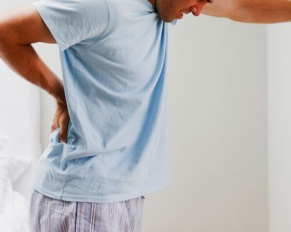
A slipped disc, also known as a herniated disc, is a prevalent condition that can cause significant back pain and…
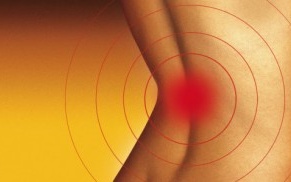
Back pain is a prevalent issue that affects individuals of all ages, but it holds particular significance in the realm…
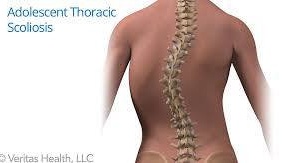
We’ve all seen the pictures of the hunched-over elderly person who has to walk with a cane. It’s one of the first things that come to mind when we think of older folks’ ailments… back problems. But is back pain a normal sign of aging? Does it really have to be this way? Must we suffer with back problems, medical conditions of the spine, and back pain, just because we’re headed toward our senior years? The answer is an unequivocal ‘Absolutely not! Back pain is not an inevitable, unavoidable part of getting older. In fact, many people throughout the country find that ‘aging gracefully’ includes aging without having to suffer with it.
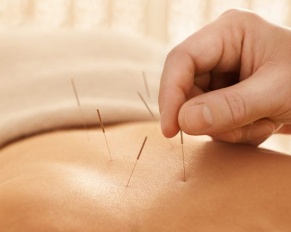
While most people have heard of acupuncture by now, many don’t know that much about it or can’t even imagine…

Idiopathic Scoliosis While scoliosis is typically thought of as an S-shaped curve seen when looking at someone from behind, when…

Scoliosis Scoliosis is a condition in which the spine curves abnormally. In most cases, scoliosis can be mild and does…
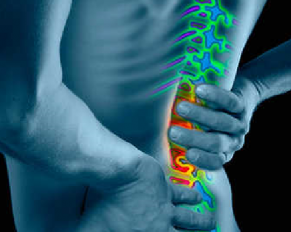
Having constant back pain causes such as spasms, muscle strains, or disk issues can put a damper on your life.…

Medical experts rank back pain as one of most common medical conditions, affecting an estimated 80% of all Americans at some point during their lives. What makes back pain particularly troublesome, is that it is a medical condition that affects people of all ages, genders, and ethnic backgrounds. But what exactly causes back pain?
An adult spine consists of a stack of 24 bones called vertebrae, plus the bones of the sacrum and coccyx. These bones support the human body and protect the spinal cord’s major column of nerve fibers connected to the brain. These fibers run through the vertebrae via the spinal canal. Between each vertebra are discs made of cartilage and filled with a gel-like material, these act similar to a shock absorber. Also, ligaments, muscles, tendons and small joints called facets help hold the vertebrae together.
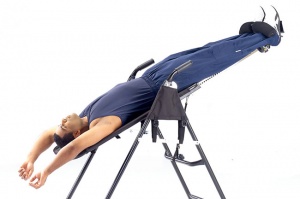
Back pain is a frustrating thing to live with and it can seriously detract from your quality of life. But a lot of the time, people with lower back pain do not or cannot undergo huge surgeries to fix it. However, there are other ways to treat lower back pain. One popular way to do so is through inversion therapy.
Inversion therapy involves being tilted or hung upside down, usually via an inversion table. The idea is to decompress the spine so the disc in your lower back it is not being pressed down and pinching nearby nerves. By taking the weight off the bones and the joints, a traction force will be created in your body which will relieve back pain. It is used to treat people with herniated discs and degenerated discs as well as people suffering from sciatica. So, do inversion tables work? Let’s first discuss the risks.